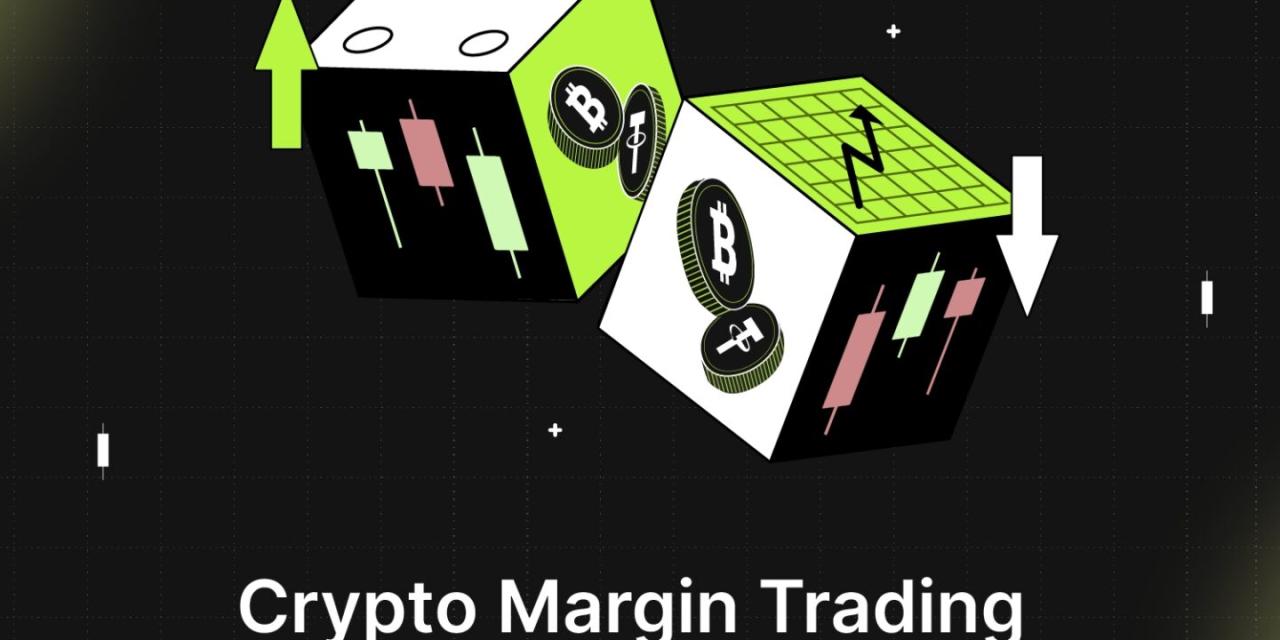Understanding Yield Farming and Liquidity Mining opens the door to a revolutionary financial landscape where investors can engage with decentralized finance like never before. This innovative approach allows individuals to earn rewards by providing liquidity to blockchain networks, transforming the way we perceive earning in the digital age. With the rise of cryptocurrencies, grasping these concepts is vital for anyone looking to maximize their financial potential in an increasingly competitive market.
Yield farming and liquidity mining both serve essential functions in decentralized finance, enabling users to lend or stake their assets in exchange for rewards. Yield farming focuses on optimizing returns through various strategies while liquidity mining incentivizes users to contribute to liquidity pools, creating a symbiotic relationship between users and platforms. Together, they are not just trends; they are changing the paradigm of investing.
In an era defined by rapid technological advancement and an increasingly complex world, the importance of sustainability cannot be overstated. Environmental degradation, climate change, and the depletion of natural resources present formidable challenges that require immediate action. The notion of sustainability embodies a holistic approach to living that seeks to balance economic growth, environmental stewardship, and social equity. This article delves into the critical elements of sustainability, its necessity, and actionable steps that individuals and organizations can take to foster a more sustainable future.At the heart of sustainability lies the concept of meeting present needs without compromising the ability of future generations to meet their own.
This principle is not merely a moral imperative; it is a practical necessity. As the global population continues to swell, expected to reach nearly 10 billion by 2050, the strain on our planet’s resources intensifies. Water scarcity, deforestation, and loss of biodiversity are more than just buzzwords; they represent real threats to our survival and quality of life. The first step towards sustainability is understanding the interdependence of economic, environmental, and social systems.
These three pillars, often referred to as the “triple bottom line,” must be considered collectively. Economic sustainability involves the efficient use of resources to generate wealth while fostering innovation and job creation. Environmental sustainability focuses on protecting ecosystems, preventing pollution, and conserving biodiversity. Social sustainability emphasizes equity, community well-being, and ensuring that all people have access to the resources they need to thrive.One of the most pressing issues we face is climate change, driven largely by greenhouse gas emissions resulting from fossil fuel consumption.
The burning of coal, oil, and natural gas releases enormous amounts of carbon dioxide and other harmful pollutants into the atmosphere, leading to global warming. To combat this crisis, a transition to renewable energy sources such as solar, wind, and hydroelectric power is essential. Not only do these alternatives reduce our carbon footprint, but they also promote energy independence and job creation in emerging industries.Individuals can contribute to this transition by minimizing their reliance on fossil fuels in their daily lives.
Simple changes, such as using energy-efficient appliances, opting for public transportation, or carpooling can significantly reduce one’s carbon emissions. Additionally, advocating for policies that support renewable energy initiatives at local, national, and global levels can amplify individual efforts. Moreover, sustainable agriculture plays a crucial role in ensuring food security while protecting the environment. Conventional farming practices often lead to soil degradation, water pollution, and loss of biodiversity.
By embracing practices such as organic farming, permaculture, and agroecology, we can cultivate healthy ecosystems that produce food without compromising the planet. Supporting local farmers and choosing organic produce not only fosters community resilience but also reduces the carbon footprint associated with long-distance food transportation.The fashion industry is another critical area in need of a sustainability overhaul. Fast fashion, characterized by cheap, mass-produced clothing, has significant environmental and social impacts.
From the excessive use of water and chemicals to exploitative labor practices, the consequences of our clothing choices extend far beyond our wardrobes. Sustainable fashion advocates for ethical production, eco-friendly materials, and fair labor practices. By supporting brands that prioritize sustainability and making conscious purchasing decisions, consumers can drive demand for a more responsible industry.Waste management is an often-overlooked aspect of sustainability.
The rise of consumerism has led to an unprecedented amount of waste, much of which ends up in landfills, contributing to greenhouse gas emissions and environmental degradation. Implementing practices such as recycling, composting, and reducing single-use plastics can significantly minimize waste. Communities can establish programs to educate residents on the importance of waste reduction and create accessible recycling and composting facilities.Additionally, promoting sustainable practices within corporate structures can lead to significant positive impacts.
Businesses have the opportunity to lead by example, integrating sustainability into their operations, supply chains, and corporate cultures. This shift not only helps the planet but can also enhance brand reputation and customer loyalty among increasingly eco-conscious consumers. Implementing energy-efficient practices, reducing waste, and investing in sustainable sourcing can help organizations operate more responsibly.Education is a powerful tool in the journey towards sustainability.
By fostering a culture of awareness and responsibility, we can inspire future generations to prioritize the environment and live sustainably. Schools and universities should incorporate sustainability into their curricula, guiding students in understanding the importance of conservation, climate action, and social equity. Community workshops and public campaigns can further engage citizens, highlighting practical ways they can contribute to a sustainable future.Ultimately, achieving a sustainable future requires collective action.
While individual efforts are vital, they must be supported by systemic changes at local, national, and global levels. Policymakers need to prioritize sustainability in legislation, incentivizing green technologies and practices. Collaboration among governments, businesses, and civil society is essential to tackle the complex challenges we face.In conclusion, sustainability is not merely an idealistic vision; it is a pathway towards a thriving planet and society.

Embracing the principles of economic, environmental, and social sustainability can help us navigate the complexities of modern life while ensuring a healthy, equitable future for all. By making informed choices, advocating for change, and committing to sustainable practices, we can collectively forge a brighter path forward. The time to act is now, for the sake of our planet and generations to come.











